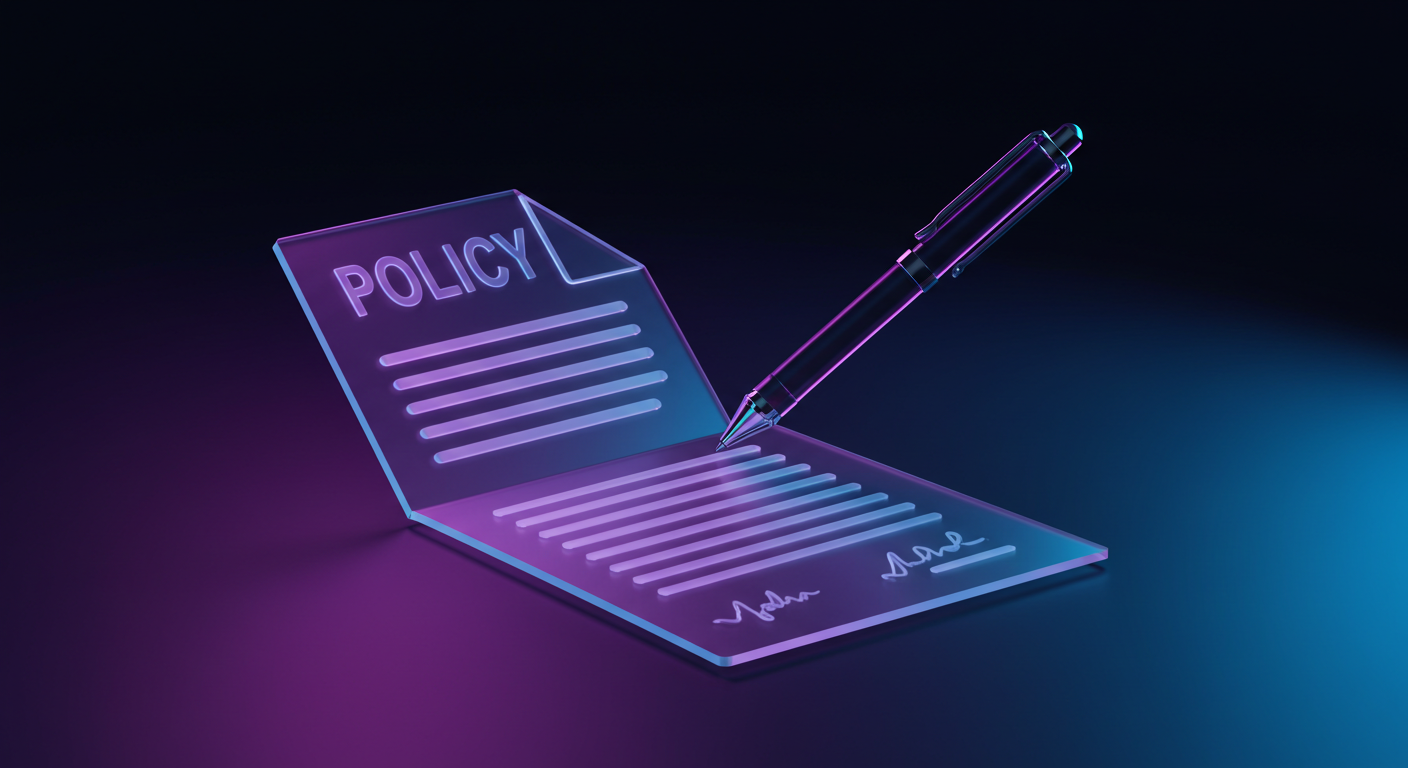
On Monday, the People’s Bank of China (PBOC) set the USD/CNY central rate at 7.1833, compared to the previous fix of 7.1919. This rate indicates the bank’s approach to managing the Chinese currency’s value against the US Dollar.
The PBOC is not an autonomous body but is owned by the state of the People’s Republic of China. Its primary objectives include maintaining price stability, exchange rate stability, and fostering economic growth, in addition to implementing financial reforms.
Monetary Policy Tools
The PBOC employs a variety of monetary policy tools, differing from those in Western economies. Among these are the seven-day Reverse Repo Rate, the Medium-term Lending Facility, foreign exchange interventions, and the Reserve Requirement Ratio, with the Loan Prime Rate serving as China’s benchmark interest rate.
China accommodates private banks, with 19 currently operating within its financial ecosystem. Notable among these are WeBank and MYbank, which have backing from tech entities like Tencent and Ant Group, allowed by regulations introduced in 2014.
The recent setting of the USD/CNY midpoint by the People’s Bank of China (PBOC) at 7.1833, down from 7.1919, might appear marginal in number, but it’s deliberate in nature. This daily fix tells us a story about intent—an attempt to temper depreciation pressure on the renminbi without sparking unwanted volatility. It’s less about the absolute figure and more about the direction and frequency of revisions, which, as we’ve seen, can hint at where policy direction lies in the days ahead.
The PBOC isn’t acting independently; it navigates within the scope of state objectives. Its goals—stabilising prices, controlling foreign exchange fluctuation, and stimulating domestic demand—are very much aligned with long-term national planning. Because of this alignment, actions tend to reflect a mix of economic signals and strategic government priorities. That nuance is something sometimes missed in the West, where central banks typically operate with more declared independence.
Unique Financial Ecosystem
What sets this institution apart is its toolbox. Instead of leaning mainly on the headline interest rate to guide the economy, officials use a broader set of controls. The seven-day reverse repo is one of the most heavily watched methods, often acting as a short-term liquidity barometer. Meanwhile, we have the Medium-term Lending Facility, which gives insight into medium-horizon policy tone—even one operation here can move rate expectations fast. The Reserve Requirement Ratio, which dictates how much cash commercial banks must hold, remains one of their sharper tools for long-term adjustment. Each of these plays a different role and must be weighed separately.
Now, the addition of privately owned banks—most notably those supported by Tencent and Ant Group—complicates the picture slightly, at least structurally. China’s banking model used to be more state-led in its entirety, but since the 2014 framework shift, there’s an expanded space for technology-driven lenders. That’s shown in an ecosystem now home to 19 licensed private banks, offering digital-first lending and credit solutions to small enterprises and consumers. The move diversifies financial access but may also signal Beijing’s cautious experimentation with market competition under state supervision.
Moving forward, for us, the key is to pay attention not only to the official fixings, but to the space between them—the policy movements that suggest when the PBOC feels pressure, and how it chooses to respond. Volatility around the yuan is unlikely to break from constraints, at least not openly, but forwards and swap pricing can still reflect shifts in Beijing’s comfort zone.
As we plan positions around currency pairs with Asian exposure, particularly those involving the yuan or its proxies, the pace of reverse repo activity and any shifting in the Reserve Requirement Ratio can act as forward guides. Adjustments here might not be broadcast loudly, but when they come, they often precede larger shifts in economic strategy. It’s in those details where pricing edges can be found, at least if we continue to map signals to outcomes with care.







